
- Home
- India
- World
- Premium
- THE FEDERAL SPECIAL
- Analysis
- States
- Perspective
- Videos
- Sports
- Education
- Entertainment
- Elections
- Features
- Health
- Business
- Series
- In memoriam: Sheikh Mujibur Rahman
- Bishnoi's Men
- NEET TANGLE
- Economy Series
- Earth Day
- Kashmir’s Frozen Turbulence
- India@75
- The legend of Ramjanmabhoomi
- Liberalisation@30
- How to tame a dragon
- Celebrating biodiversity
- Farm Matters
- 50 days of solitude
- Bringing Migrants Home
- Budget 2020
- Jharkhand Votes
- The Federal Investigates
- The Federal Impact
- Vanishing Sand
- Gandhi @ 150
- Andhra Today
- Field report
- Operation Gulmarg
- Pandemic @1 Mn in India
- The Federal Year-End
- The Zero Year
- Science
- Brand studio
- Newsletter
- Elections 2024
- Events
- Home
- IndiaIndia
- World
- Analysis
- StatesStates
- PerspectivePerspective
- VideosVideos
- Sports
- Education
- Entertainment
- ElectionsElections
- Features
- Health
- BusinessBusiness
- Premium
- Loading...
Premium - Events
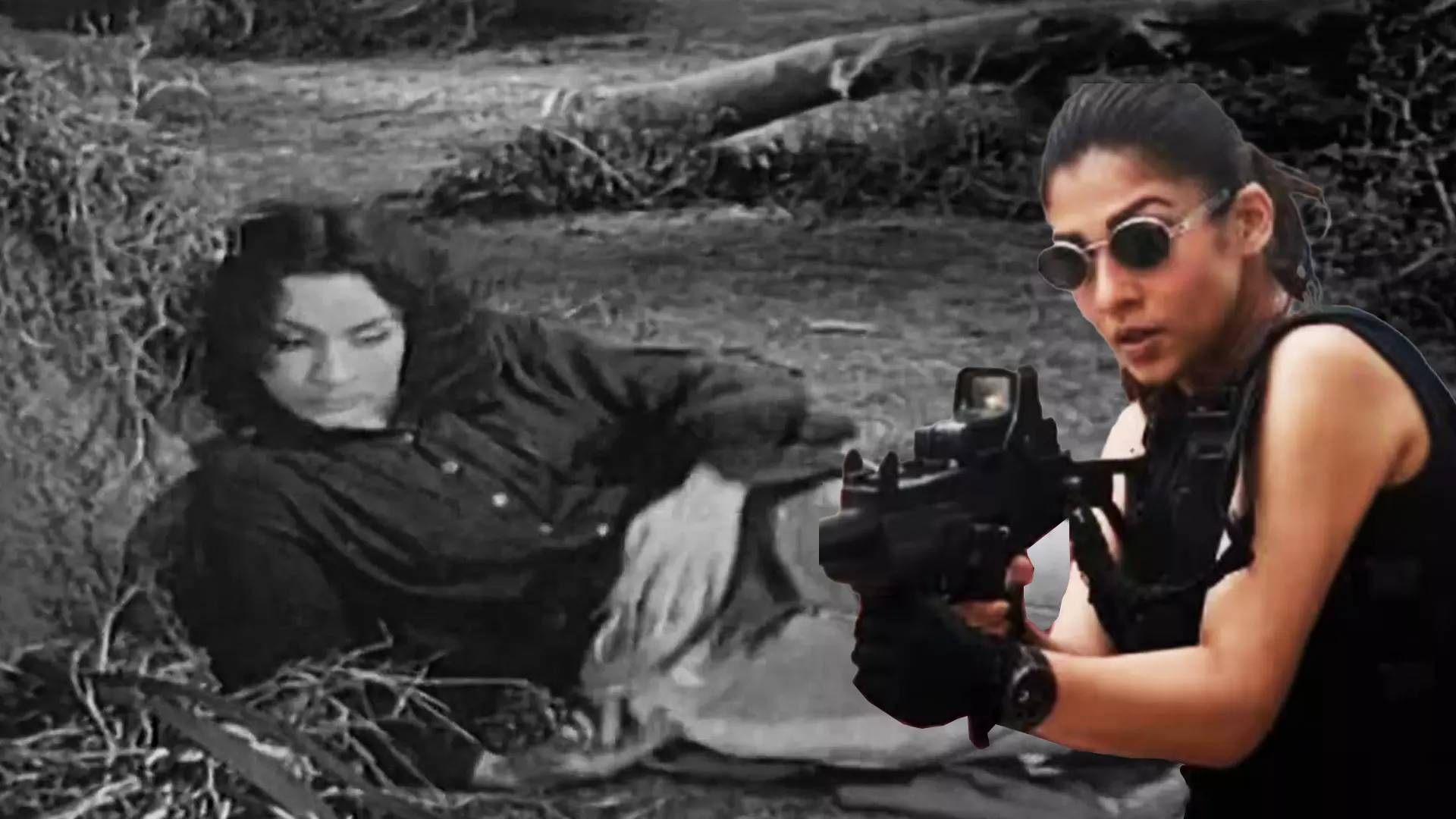
In 1952, a curiously named Indian adventure film The Savage Princess was released in the United States and in United Kingdom. Back home its original Hindi version Aan (Pride) was India’s first technicolor and the most expensive cinema until then. Directed by famed filmmaker Mehboob Khan it was also one of the earliest ‘boss girl’ films depicting, princess Rajeshwari (introducing...
In 1952, a curiously named Indian adventure film The Savage Princess was released in the United States and in United Kingdom. Back home its original Hindi version Aan (Pride) was India’s first technicolor and the most expensive cinema until then. Directed by famed filmmaker Mehboob Khan it was also one of the earliest ‘boss girl’ films depicting, princess Rajeshwari (introducing Nadira).
The story revolved around a fictional kingdom at the cusp of abolishing monarchy in favour of democracy. Rajeshwari was the princess of this state. A bold, norm breaker, active in the state’s politics, an expert fencer, horse rider Rajeshwari would mostly dress in her riding habit and hardly break into a song. Khan whose female characters were known to be nuanced may have imagined the princess’s as a “control freak”. At the end of the film, Rajeshwari is transformed into an open-minded princess convinced of the ‘goodness’ of peasant life. Beyond the film’s semantics of democracy versus monarchy, Aan managed to come up with a primary sketch of what eventually would morph into the definition of a ‘boss girl’ in mainstream Indian cinema.
Notably in Hollywood, the early avatar of boss girl has been a spy, a combo of intelligence and lethal sensuality. The cinematic discourse of the west owed to the true stories of World Wars later becoming the bedrock of a robust culture of spy films with women at their centre. To that Greta Garbo’s Mata Hari (1931) remains a landmark. What started with Mata Hari as a one off would not remain a lone creative outburst. The next decade churned out spy films one after another; Madame Spy (1934), Sabotage (1936), Night Train to Munich (1940), Notorious (1946), Pickup on South Street (1953), although not all of them were directly scripted around woman spies but ‘women in control’ were at their centrality.
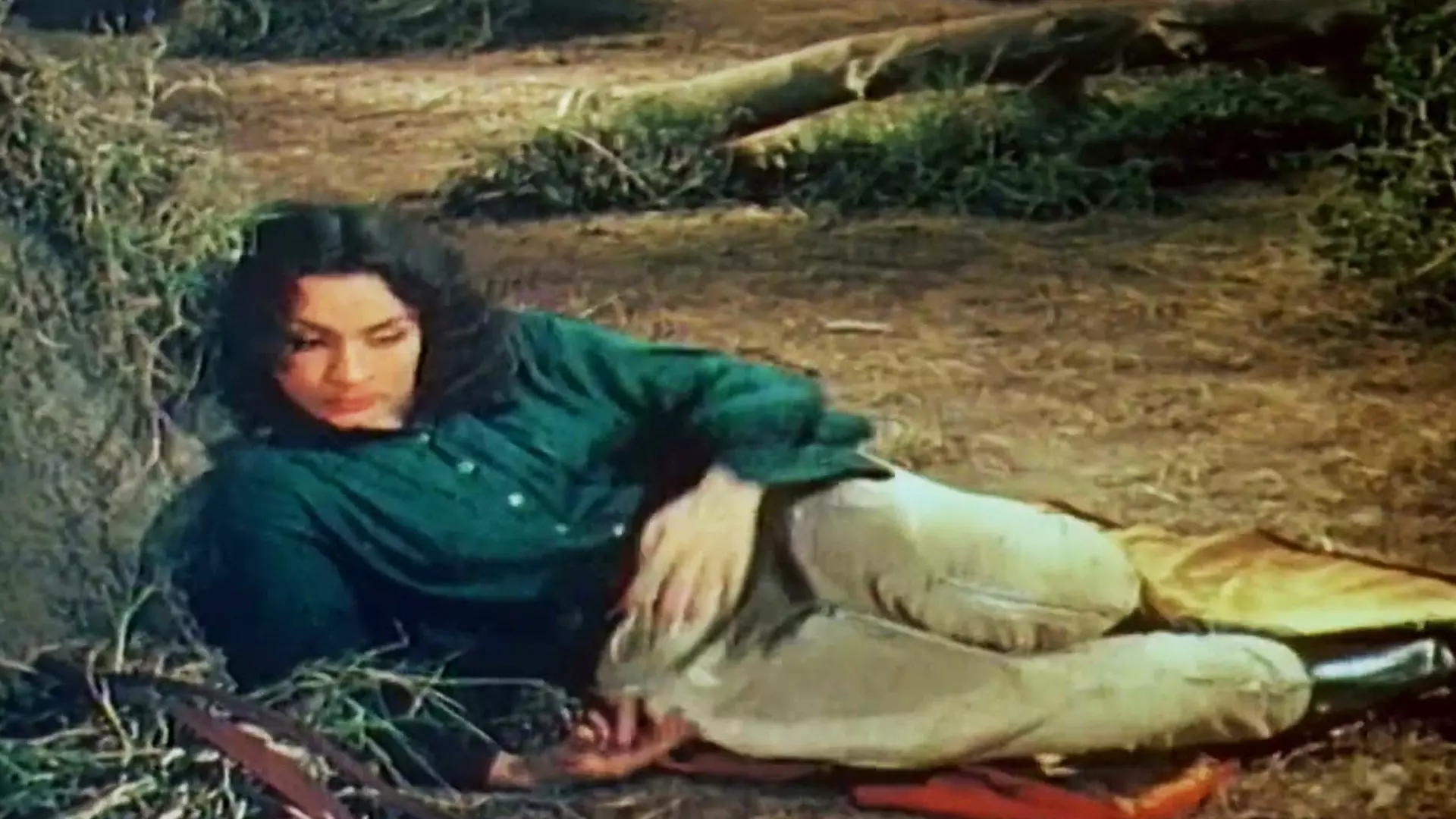
Directed by famed filmmaker Mehboob Khan, Aan was also one of the earliest ‘boss girl’ films depicting, princess Rajeshwari (introducing Nadira).
Meanwhile directors of Hindi cinema situated their stories around the newly freed nation. The women protagonists were increasingly fearless, commanding, however when delved deep they reveal contrasting types, the first lot enterprising, empathetic, often caregivers of the society; teachers or doctors as Dr Rajni (Kalpana Kartik, Baazi, 1951) who in the film starts a free clinic or bar girls, brainy, confident, seductive as Sylvie (Sheila Ramani, Taxi Driver 1954) or the unforgettable Edna (Madhubala, Howrah Bridge 1958). None of them was shown as interested in domesticity which later became a staple intergradient of depicting women. While women medics and teachers had an evangelical side to them (in tune with the need of the nation) and later were ruthless but not unkind at the end.
From Rajeshwari, Edna, Sylvie of 50’s to Gen Z girls Zoya, Aliya and now Narmada it’s been a complex ride for Hindi cinema negotiating its own convictions and doubts, read audience choices, and demands of box office. Somewhere in between in the 1960s early 1970s, we also have sparse appearances of ‘out of the box’ female characters who gave a damn to social pressures. They were ambitious, shrewd, sometimes filled with the idea of revenge. Romance clearly was not their goal, and marriage could wait for them. Handful of actors like Asha Parekh, Waheeda Rehman, Hema Malini, Rakhee, Reena Roy and Shabana Azmi, Smita Patil (otherwise noted for their work in parallel cinema) donned these roles.
Parekh remains memorable as the girl on the run (Asha, Chizuru, Sardar Ji) in Love in Tokyo (1966) as Kiran a shady witness to a murder in Shikar (1967), Rehman as Rosie/Nalini in Guide (1965) Hema Malini as complicated Saudamini in Lal Patthar, (1971) funny and gutsy Geeta in Seeta Aur Geeta (1972), the gritty tangawali Basanti in Sholay (1975), followed by Razia Sultan and Andha Kanoon both releasing in1983, where Malini plays the empress of Delhi Sultanate and police inspector Durga Devi Singh respectively.
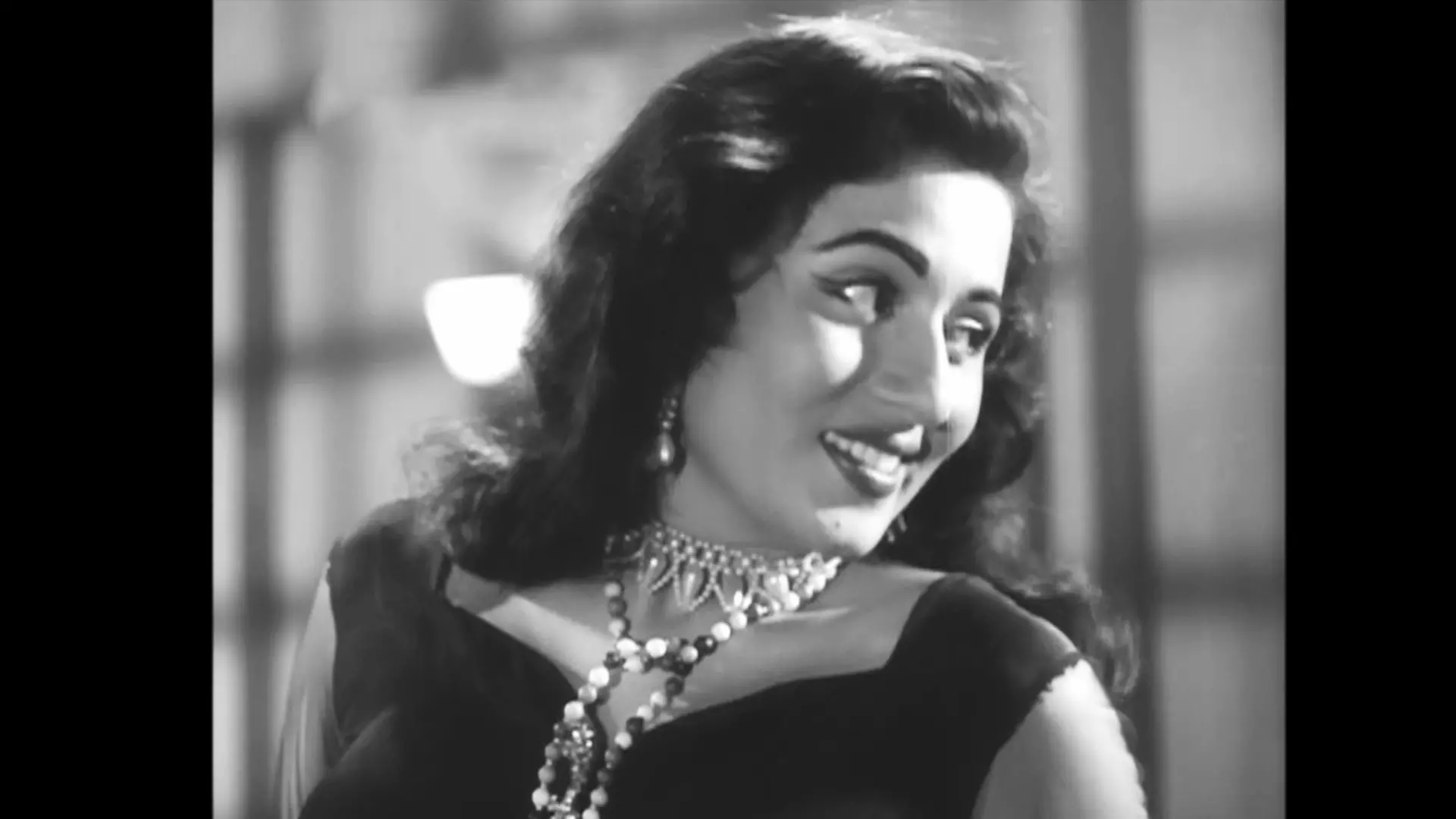
Madhubala in Howrah Bridge.
In the few and far apart commercial Hindi cinema that Azmi and Patil worked they were never pushovers. Azmi remains distinct as the stubborn, unrelenting Khurshid Begum in Shatranj Ke Khiladi (1976), Shabu, the pickpocket in Parvarish (1977), Pooja in the strikingly sensitive Arth (1981) where incidentally Patil is her costar. Patil on the other hand is exceptional as the reserved, quiet Roma, a professional singer who sings at a hotel in Shakti (1982) making her presence felt between legendary Dilip Kumar and Amitabh Bachchan.
What is fascinating is how all these characters’ together craft the foundation for the emergence of desi Evelyn Salt (Salt, 2010) Charlie’s Angles and Lara Crofts of Hindi cinema, sharpshooter, insistent Zoya of Ek Tha Tiger (2012), Aliya Hassan of Dhoom 3 (2010) Rubai of Pathaan (2023) and finally Narmada of Jawan (2023).
At which juncture the Aliya Hassans and Zoyas of the world dropped in our cinematic universe isn’t easy to pinpoint but what would be worth examining is the subplot to their gaining strength alias how India was in the decade of 2000s.
In an unheard of budget speech in July of 1991then Prime Minister Manmohan Singh noted, “No power on earth can stop an idea whose time has come. I suggest to this august house that the emergence of India as a major economic power in the world happens to be one such idea.” In so many ways Singh’s heavy budget speech which arguably ushered landmark changes in how India would start identifying itself and imaging to the world is intriguingly was a metaphor to how popular entertainment would start envisaging itself, the first attempt to break tropes.
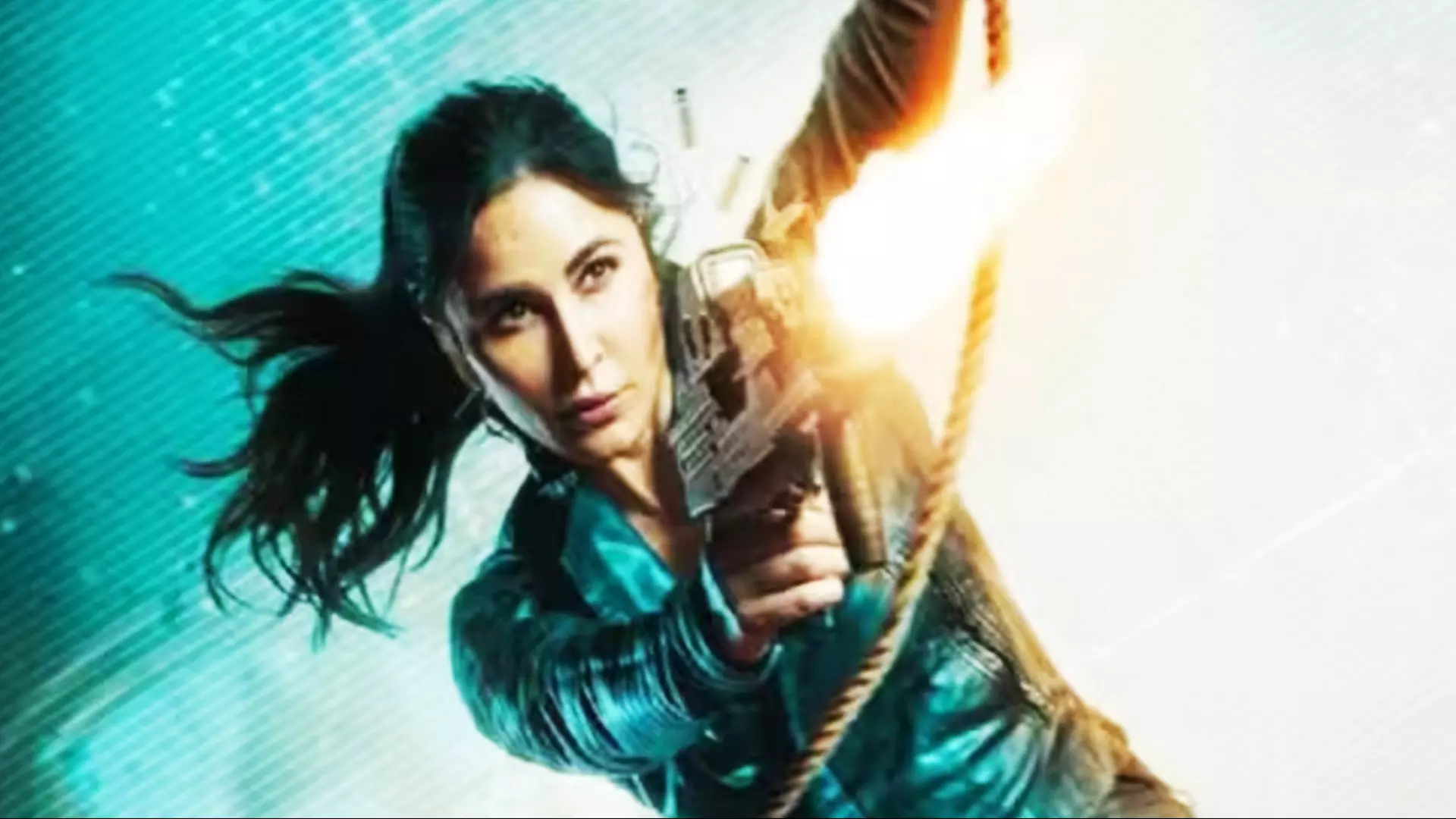
Katrina Kaif as Zoya in Ek Tha Tiger.
Although Hindi cinema until late 1990s continued to center around angry, testosterone oozing gun totting men all out to avenge parental death or social injustice, by 2000s a slow change almost like the social and economic life of India was visible. A bit here and there but with nearly right intent Tara Jaiswal dropped in Dil Chahta Hai (2001). She is a hugely successful professional who had taken up alcoholism due to her divorce and child custody battles (alcoholism becomes a plea for the director to kill her at the end), an entire team of amazing women hockey players (despite their brilliance, Kabir Khan at the end is the saviour male coach) in Chak De! India (2007), Pia Shasarabudhe an ingenious doctor overshadowed by her maverick partner Rancho, limited to being love interest in 3 Idiots (2009).
And then strikes the Dhoom series, India’s answer to Lethal Weapon (1987), Thelma and Louise (1991), The Fast and Furious (2001), and Ocean’s Eleven (2001), all punched into one, unabashed, sleekly devised, a distinct departure from Yash Raj’s staple of romance and georgette sarees.
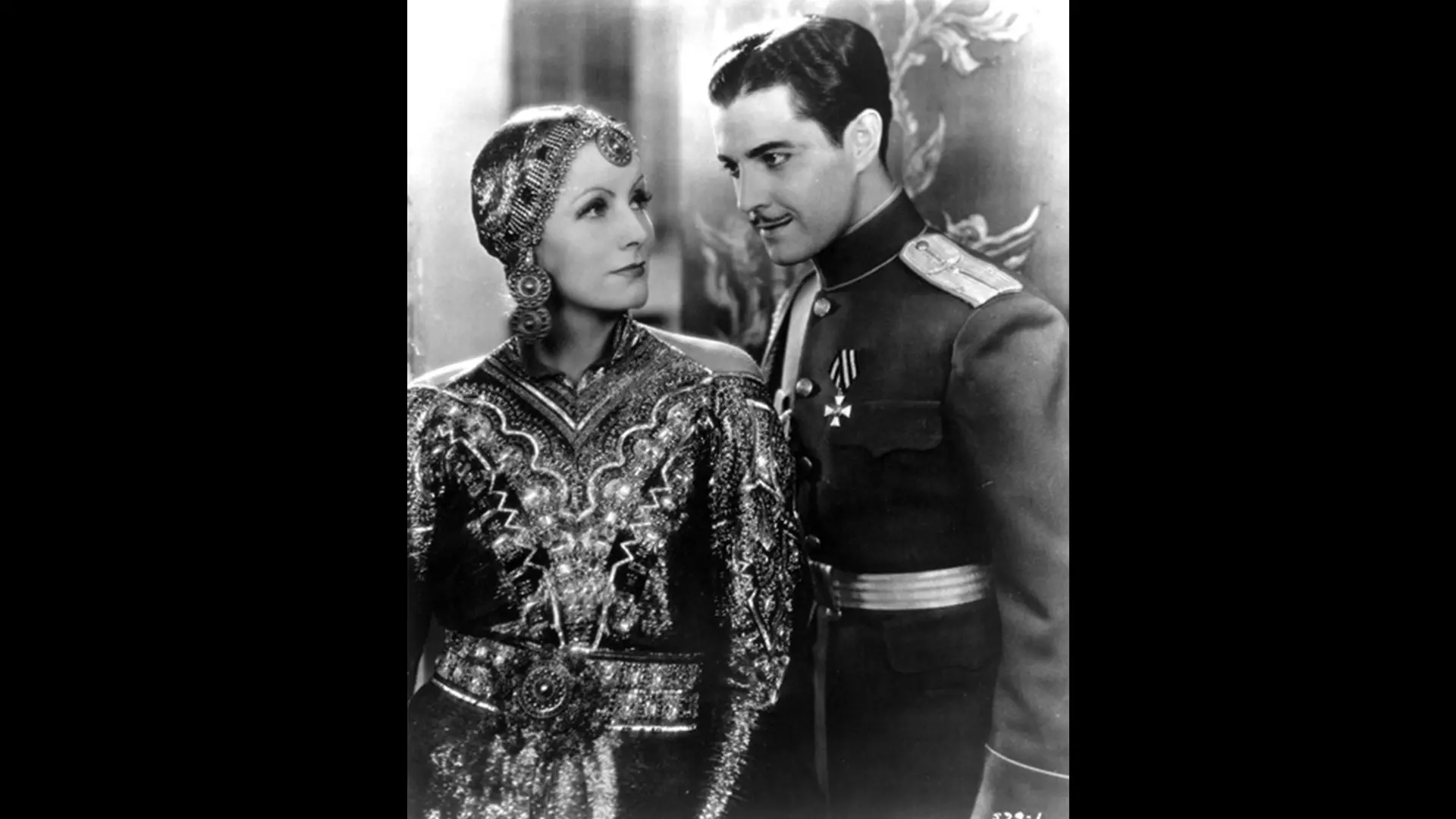
Notably in Hollywood, the early avatar of boss girl has been a spy. Mata Hari stands as an example.
Despite a pattern surfacing, the first two Dhoom girls got stuck between being coy love interests and daring damsels until Zoya happened. Zoya’s character was written not as a romantic interest of Tiger but as an independent woman who knew what she was up to. Her life as a spy too was neither about ‘honouring’ her country of origin but simply work. Zoya Humaimi’s portrayal could well be marked as the turning point in the creation of a world of weapon donning, brainy women seven decades after Rajeshwari of Aan was born.
Pertinently despite Rajeshwari being ahead of her time, Khan had named the English version as The Savage Princess catering to the exotic favourable for a western audience whole dropping a hint of the character’s ruthless, unromantic traits. Needless to say this was Ali Reza (writer) and Mehboob Khan’s male minds at work.
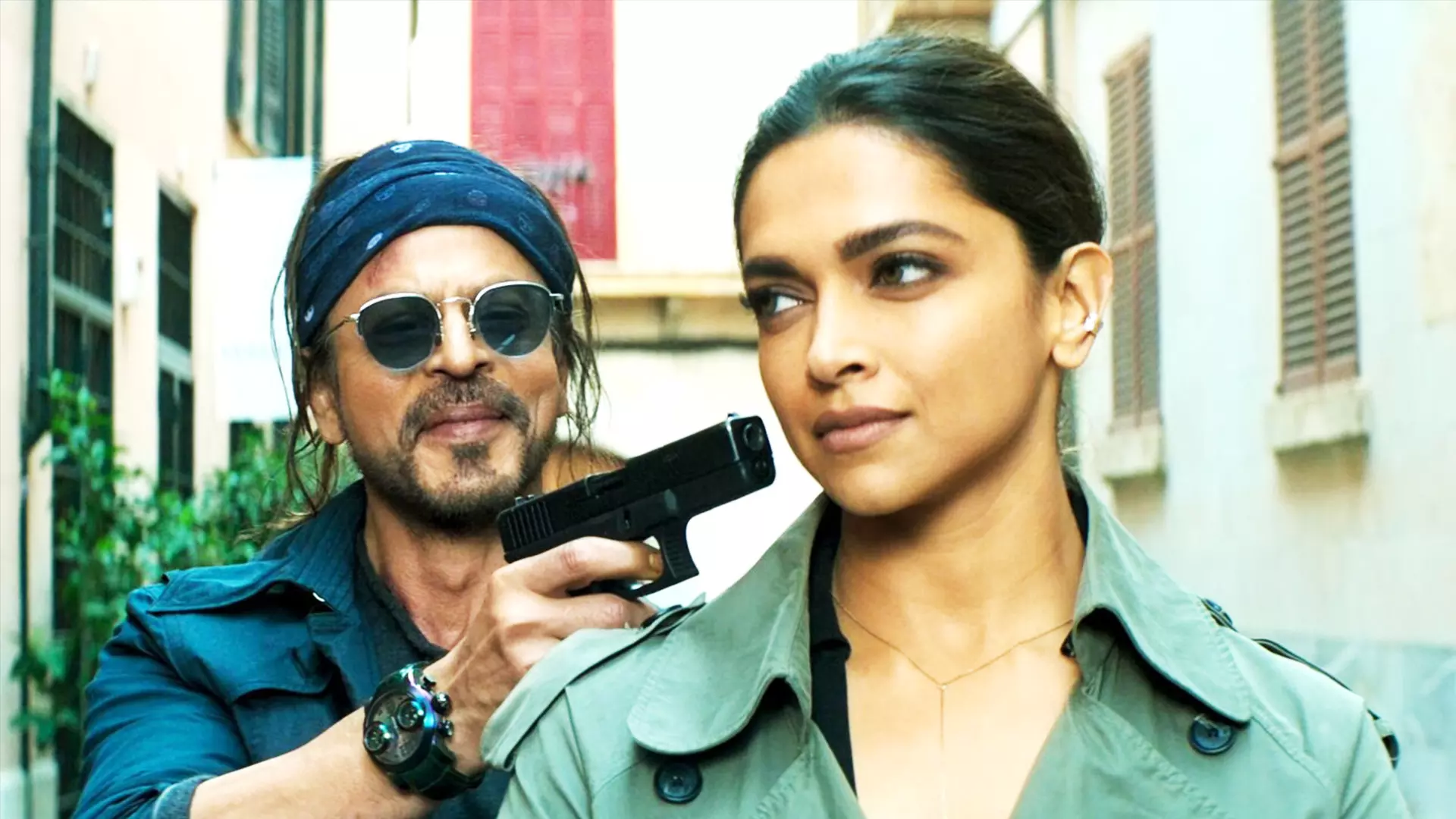
Deepika Padukone as Rubai in Pathan.
In Ek Tha Tiger, Zoya is a woman with no particular interest in getting into a quick relationship with Manish Sharma aka Tiger, the same zero romanticism stands true for Rubina Mohsin’s character, the martial art loving ex spy who happens to be a medic by training. Espionage is a choice for Rubina in her fight against social injustice that she had faced in her past. Unlike Zoya, Rubai (Rubina’s nickname) also has some grey shades to herself with her vacillating allegiance divided between Pathaan and Jim (two male leads).
Narmada the latest of the boss girls is somewhat different than Zoya and Rubai. At the onset she is pro-establishment, a Special Operations Officer with an impeccable career record. While her professional life is more defined, her private life is left unspecified. Well into the film she reveals her past — her education from United States, her decision to singlehandedly raise a baby girl, her choice between being a partner (wedded spouse) and a single, unmarried mother. But like the spy women she too is oblivious of her gender almost halfway into the film. She is simply an incisive officer on mission (imaged as a leader in much gendered space of militia) and an occasionally dotting mother (when she gets a breather from her missions).
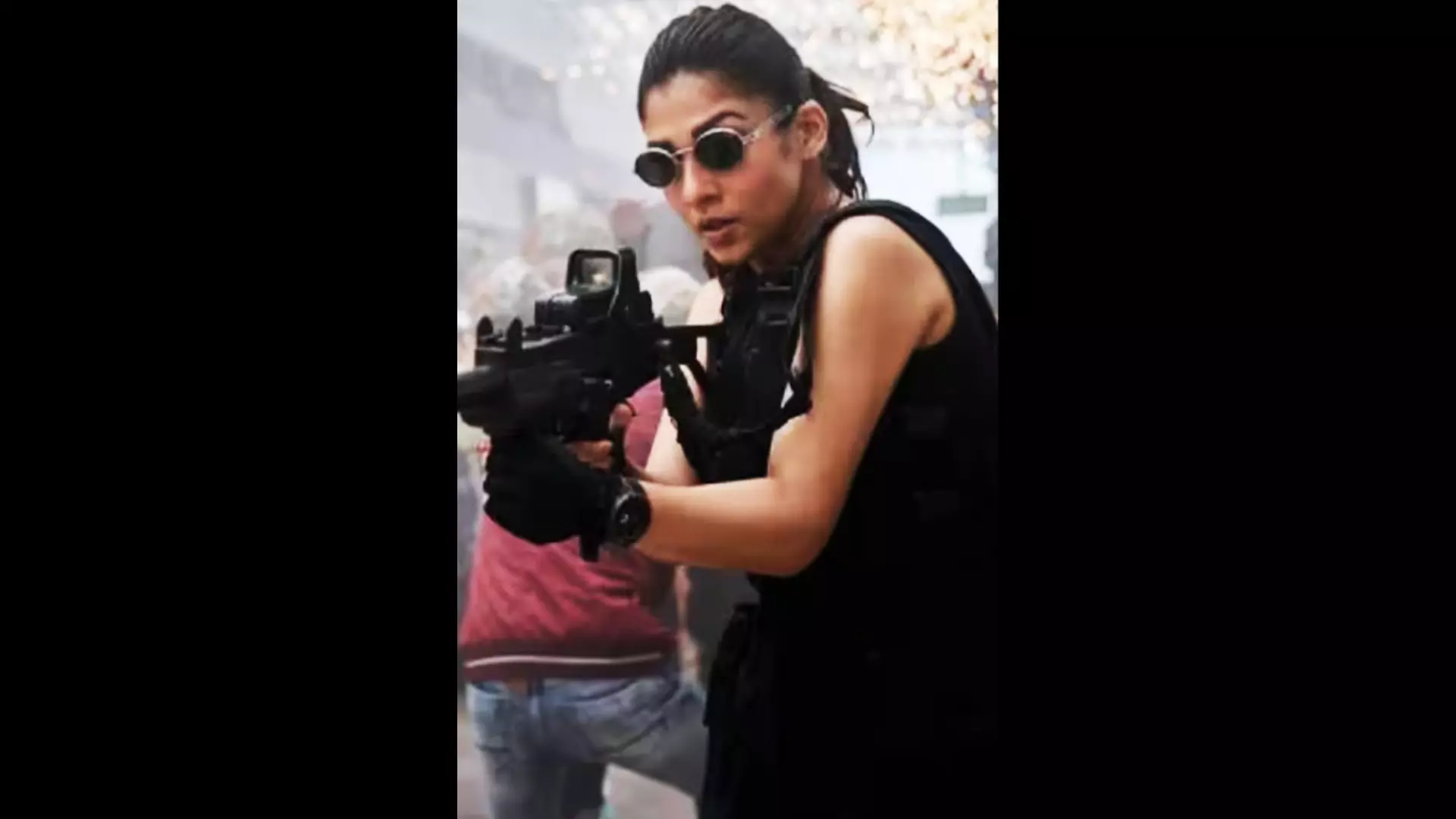
Nayanthara in Jawan.
The asexuality as opposed to a romantic interest is possibly the most striking trait of Narmada’s character other than her ability in handling heavy and bigger weaponries than her earlier screen mates. It is only after she has a matter of fact marriage with Azad, she is shown expecting some ‘romantic’ gesture and dos from her spouse on the night of their nuptials; a brief and slightly imposed sequence perhaps because Azad is ultimately being performed by none other than Shah Rukh Khan whose symbolic to onscreen romance in current times. In fact, the expectant dialogue dissolves into a plot twist of who Azad is and his mission, throwing off Narmada from her temporary romantic expectations. The track gets diffused in no time taking back the audience into the thick of brilliantly shot action sequences.
What began as a promising start with Narmada being that classic “me and my independent mind” kind girl leader falls short at the end of Jawan with Azad taking over the role of lone saviour. One can only hope for Zoya’s character to rectify this, remain intentional, fearless, humane, an owner of her own mind, who does things, not only because the story demands it but by not falling into the halfhearted workings of male writer, director’s mind!

